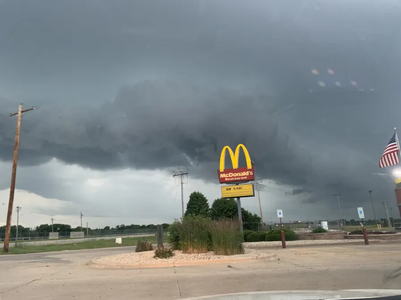Diane Bianchi
EF0
You didn't mention this, but have you taken a Skywarn spotting class? If not, I would recommend you start out with a Skywarn class through your local NWS office. Usually these are given late winter/early spring and are FREE. Some of the things you will learn are: Thunderstorm development, fundamentals of storm structure, identifying potential severe weather features, reporting critical information, safety, etc. You will also meet people who are interested in severe weather, NWS trainers, as well as seasoned spotters and some chasers.
You will be certified as a spotter, which if you are calling in a tornado, you should identify yourself as a trained spotter. The certification is good for two years, but it's advised to repeat the class every year. It lasts about 2 1/2-3 hours but packed full of information. Here is a link to the NWS Skywarn Storm Spotter Program: SKYWARN
You will be certified as a spotter, which if you are calling in a tornado, you should identify yourself as a trained spotter. The certification is good for two years, but it's advised to repeat the class every year. It lasts about 2 1/2-3 hours but packed full of information. Here is a link to the NWS Skywarn Storm Spotter Program: SKYWARN

